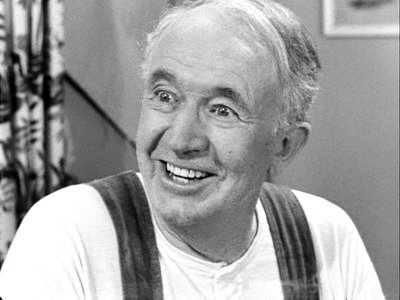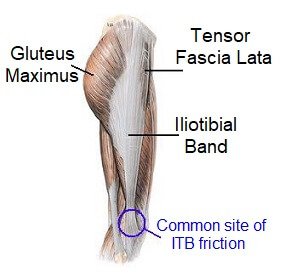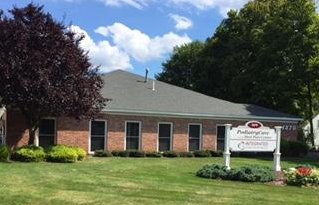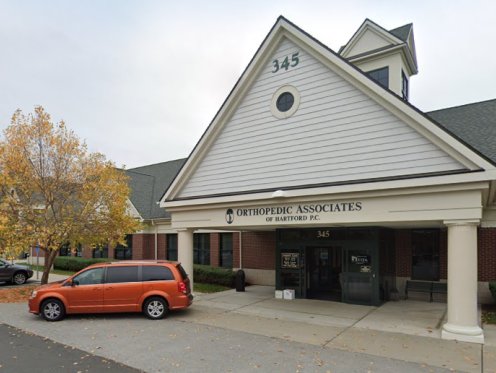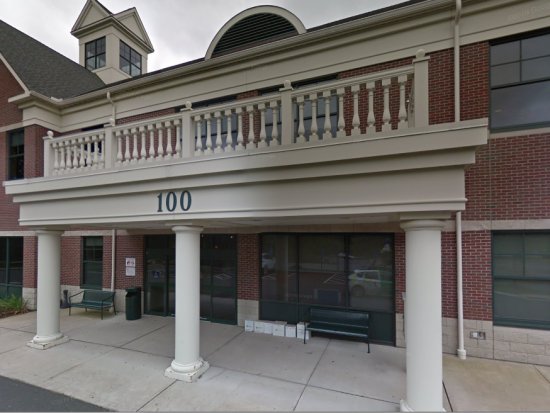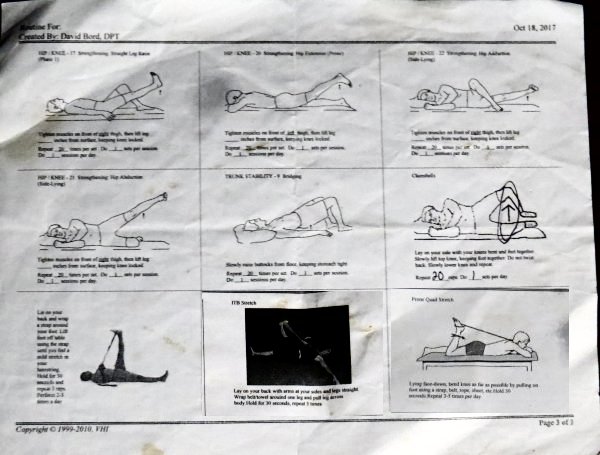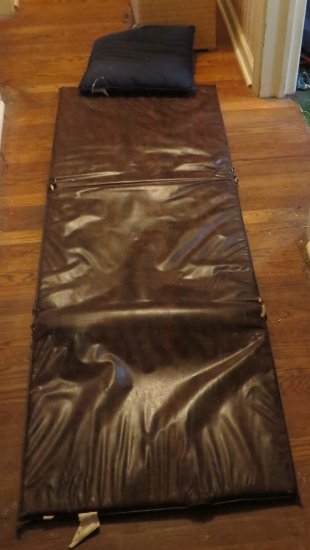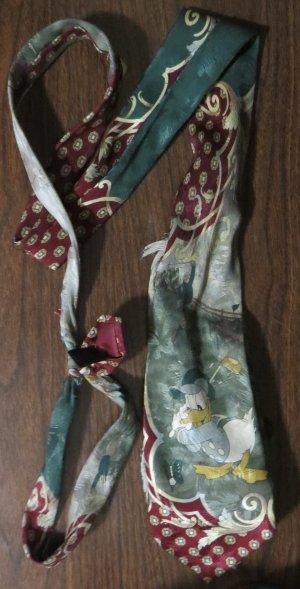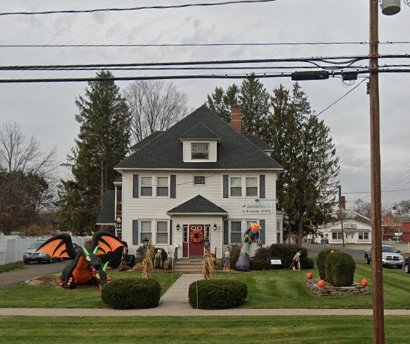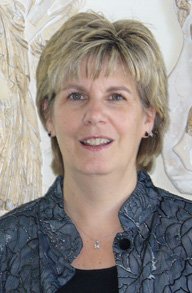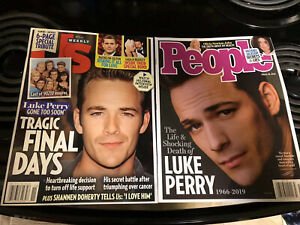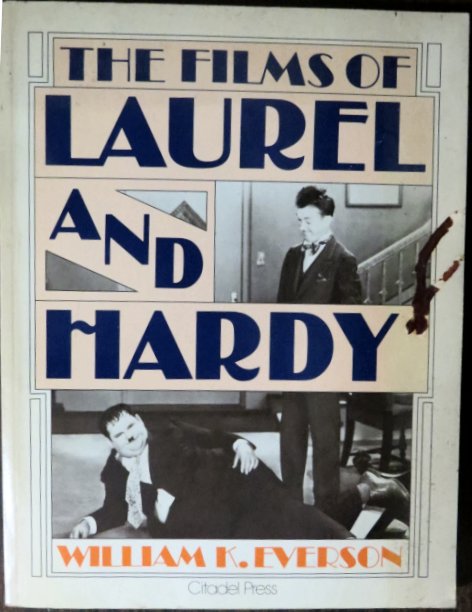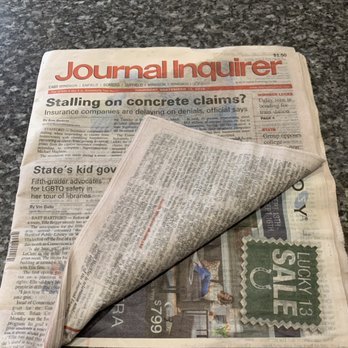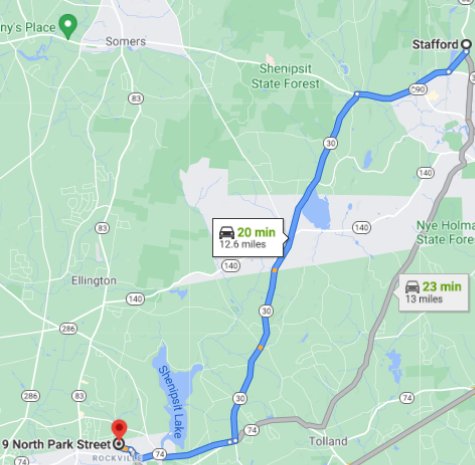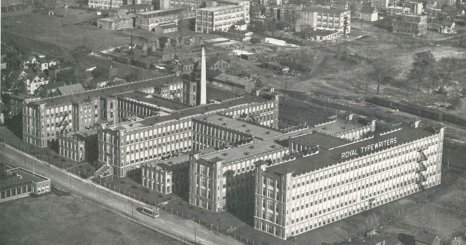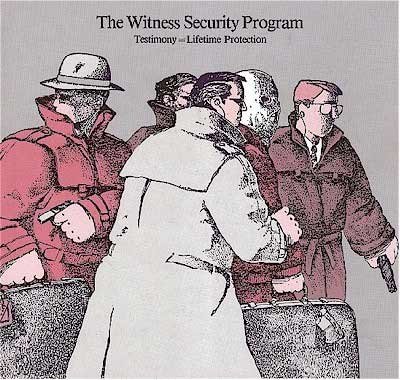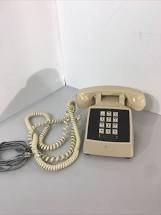Knee problems. Continue reading
Background: I broke the patella (kneecap to you and me) of my right leg in 1974, the final year of my employment in Hartford. This event and its aftermath are described here. For twenty-four years the knee bothered me very little. When I got up from a chair I sometimes walked like Walter Brennan on The New McCoys1 for a few paces, but otherwise I managed quite well. I took up jogging in the following years. At one time I was able to run eighteen miles in a little more than three hours.
In 1998 or 1999 something happened to my knee. I don’t remember injuring it, but it became quite swollen, and running produced a good bit of pain. I knew that Denise Bessette’s son Christopher had once had difficulty with his shoulder. She told me that Christopher2 was very happy with the outcome of the treatment by an orthopedic specialist who had an office in Enfield. I asked her for the physician’s name3 and made an appointment.
I told the doctor my symptoms, and I admitted that I was worried that he would advise me to give up running. He took x-rays and told me that he thought that the doctor who did the surgery on my knee had missed one of the fragments of the patella, and it had fused to a bone or something. He surprised me by asking me if my hip sometimes hurt. I said that it did, but I never suspected that it could be related.
He thought that my problem was tendinitis in the iliotibial (IT) band that connects the knee and hip on the outside of the knee. I later learned that IT band syndrome is rather common in distance runners. He gave me two prescriptions—one for pills to bring down the swelling and one for a few appointments with a physical therapist. It took a few weeks, but the pills worked.
I remember that the young lady who supervised my PT was very cute, but I don’t recall her name. The office that I went to was on the part of Route 5 that I often have driven past on the way to southbound I-91. It no longer is a clinic for physical therapists. At some point a podiatry clinic took over the building.
She taught me some exercises for strengthening the muscles around my knee and especially to stretch the IT band. What worked the best for me was one in which I held onto something with my right hand, stepped over my right foot with my left, thrust the hips to the left, and leaned a little to the right.
I performed the stretches before every time that I went for a run or, after I gave up running in 2008, a walk. I also used the step-over stretch when I felt a pain on the side of my knee or anywhere near my hip. This sometimes occurred when I rose and walked around after being in a sitting position for an extended period. As soon as I exited from an airplane I almost always did the step-over stretch before leaving the waiting area at the gate. It also came in handy for the European bus tours that Sue and I took in the twenty-first century. I probably looked silly, but that simple movement always decreased the pain and in most cases eliminated it.
Easter Sunday 2017: By 2017 my life had changed dramatically in many ways. TSI had been shut down for good for a few years. Sue and I had been on quite a few European vacations and one fantastic African safari trip to Tanzania (described here). I had established for myself an office in one of our spare bedrooms.
On Sunday morning, April 16, 2017, I was in my office working on the computer, probably on something related to bridge; by then I was both webmaster and database manager for the New England Bridge Conference. I arose from my chair to go to the bathroom. I got as far as the door to the office—about six feet—when my right leg gave out. I did not fall; I was able to grab the door frame to steady myself. I experienced a sharp pain in my knee, but it soon subsided.
The weather that Easter Sunday was quite nice. I was enthusiastic about the prospect of getting in a long walk around the neighborhood. In those days I made a circuit of about two miles walking on School St., Hazard Ave., Park St., and North St. I hoped to do two or three circuits that afternoon.
I was less than a quarter of a mile from the house when my leg gave out again. I fell flat on my face on the sidewalk. I got to my feet without difficulty and limped slowly and carefully back home. This seemed more serious than IT band syndrome.
I searched the Internet for information about dealing with knee pain. I learned about RICE: rest, icing, compression, and elevation. For the next month or two I stayed off of my leg as much as possible. I wore my knee brace and iced my knee after exercise. I brought a small chair into the office so that I could elevate it, and I put an ice pack on it until the swelling went down.
Even after the swelling subsided I did not feel comfortable about trying to walk several miles on it. It still felt very shaky. Eventually I decided to make an appointment at the Orthopedic Associates clinic in Glastonbury. I was amazed at the place. It was much larger than I anticipated. There were dozens of people—maybe a hundred—waiting to be seen. Most were older and much less ambulatory than I was. There was no way to tell how many patients were on the other side of the many reception desks.
They took x-rays of both knees, and then I met with Dr. Mark Shekhman, who specialized in hips and knees. He compared the x-rays of my two legs and showed me that there was much less cartilage in my right knee than in my left. He said that he thought my difficulties were due to arthritis, rather than either my fractured patella or the IT band syndrome.4 He prescribed more physical therapy, and told me that if I still had pain to call him. Injections could be used to address the problem.
I asked Dr. Shekhman if I could increase my mileage after I completed the therapy. I explained that I was getting fat. He assured me that I could.
The physical therapy that I received this time was overseen by two people at the Hartford Hospital office at 100 Hazard Ave. in Enfield. I don’t remember their names. I went once a week for five weeks in October and November. The prescription required me to attend twice per week, but the guy who worked with me the first week said that my problems were not that serious.
The staff there seemed to be better organized than the therapist with whom I had previously dealt. I usually started with an eight-minute warmup on a stationary bicycle. On the first visit the fellow who worked with me noticed that when I bent my leg I slanted my right knee in. He advised me to slant it out, as I already did with my left knee. He said that I had been favoring my left leg, and the muscles in my right leg needed strengthening. Both he and the female therapist also worked on getting the “knots” out of the muscles and ligaments surrounding the knee.
They also gave me exercises to perform every day. The list grew to include nine exercises, all of which were performed from a prone position. Three of them were stretches—four sets of holding the position for thirty seconds. These were basically prone versions of stretches that I had been doing since my first session in the nineties. The other seven were designed to build strength. They consisted of twenty repetitions of the designated movement.
After the second or third session I was provided with a paper that showed the exercises that I was to be doing. At the last session I was given a new paper that supposedly illustrated all of them. I saved both of these sheets of paper, although they were both badly wrinkled. I discovered recently that the second set only contained eight exercises, and one of those was shown twice. So, for the image shown above I created a composite that included all nine exercises.
I usually did these exercises before I went for a walk—either outside if the weather permitted or on my treadmill. I added one more exercise to stretch my calf muscles to reduce the likelihood of cramps. I found an old brown exercise or yoga mat in my garage. I laid it in the hallway, one of the few places in the house in which I could stretch my six-foot frame. It was a little tight, but I managed.
When I performed these exercises at the clinic I used two pieces of equipment. The first was similar to a dog’s leash. One end was looped around my foot. I grabbed the other end to pull my stiff leg toward my face. Then I pulled a straightened leg across the other leg to the side. The “leash” was also used it to pull a bent leg back to the rear, but I could just reach back and grab my foot for that one. I have good flexibility in that respect. At home I repurposed an old Donald Duck tie as a substitute for the “leash”.
The second instrument was a length of stretchy fabric that had been knotted into a loop. This one was used for the “clamshell” exercise depicted on the sheet, and they let me keep it. After a month or so it snapped in two; I did not replace it.
The left one: I exercised my right leg using this routine nearly every day for almost two years. I felt pretty good about the progress that I had been making until the day on which my left leg almost collapsed while I was walking on School St. I limped back to the house. By the next day the left knee was swollen. I used what I had learned with my right leg to try to address it. Eventually the swelling went away, but the pain still occurred occasionally.
I expanded my exercises to include both legs. I revised the order so that I did not need to change positions so often. I started on my back with the straight leg raise—right and then left—and the bridging. I then did the three exercises lying on my right side followed by the two that required me to be face down—left and then right.
Next I did the three exercises while lying on my left side. I then rolled over to my back again and attached the tie to my right foot for the stretch that pulls the leg back and the ITB stretch. I then transferred the tie to my left foot and did the same two stretches. I finished with the calf stretch that is not shown on the sheet. The whole set took about half an hour.
My left leg was still bothering me when I attended the fall North American Bridge Championships in San Francisco (described here). Quite a bit of walking was required there. It felt very strange to be limping on a different leg. I did my exercises on most mornings, but I was still uncomfortable most of the time that I was there. My right leg did not bother me at all.
Recovery: By the time of the worldwide shutdown due to the pandemic my left leg had fully recovered. Over the spring and summer of 2020 I walked at least five mile nearly every day. On several days I did 7½ miles and at least twice I walked ten miles. I almost never had any pain in my legs. The most likely location of discomfort was in my right lower back. However, I was usually able to stretch this away.
Over the fall and winter I walked on the treadmill5 more often than outside. A new development was a pain on the top of my right foot that spread to the ankle. At first it only occurred when I walked outside. Later a much milder version plagued me on the treadmill as well. I could usually walk for about 1¼ miles before it became difficult to tolerate. After I rested for a couple of minutes and stretched the leg, it went away. However, it usually came back after about the same distance.
We were scheduled to take a European river cruse in October of 2021. My goal was to be able to participate in all of the excursions without leg pain. Since we decided to postpone this cruise until May of 2022, whether I can achieve that still remains to be determined.
1. If you are unfamiliar with Grandpappy Amos’s gait, you can view a short demonstration here.
2. Christopher Bessette’s LinkedIn page is here.
3. I can picture the doctor in my imagination, but I have forgotten his name.
4. In retrospect, I am sure that Dr. Shekhman was correct in his diagnosis of arthritis. However, I think that he was a little too dismissive of my two previous experiences. It was likely that the arthritis was precipitated by the original fracture. Also, the IT band syndrome never really went away. I had rather mild symptoms both before and after the arthritis treatments. Aside from that first day when I fell I never really had much pain in my knee itself.
5. The biggest problem with the treadmill was boredom. I subscribed to the Metropolitan Opera On Demand service for about a year. I streamed operas on my Lenovo convertible PC (which is called Yoga) and watched them while I was walking. I also watched some operas and the entire series Inspector Morse shows on YouTube. Later I subscribed to MHz Choice and watched a large number of European mysteries with subtitles. February 10, 2021, was a very dark day for me. The treadmill broke. Since then I have used the rowing machine when I could not walk. On May 26 I dropped my Big Bubba mug on Yoga and cracked the screen badly. I bought a new Microsoft laptop from Best Buy a few days later.

